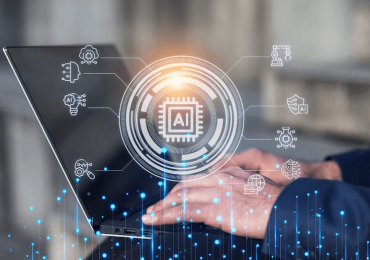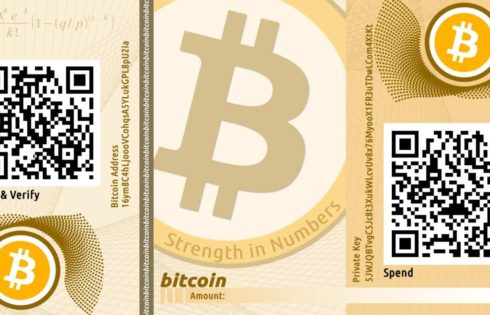Higher education is the cream of academic excellence paving the way for people to transition from their cherished career dreams to become what they have been studying to be. Our career experts at https://10pagepapers.com/homework-help believe your prospects of fulfilling your career goals will edge closer to fulfillment by joining a tech–savvy college. In this post, we shall share out some of the ways through which technology is shaping and enhancing higher learning. Stay put to learn how this wave can transform your learning processes and experience.
Digitized Libraries and Textbooks
Without books and libraries, there is no higher learning since lecturers won’t have points of reference from which they can develop students. One of the best ways to which this technology is shaping the library system is digitization. With digital libraries, it is now easier for students to access the same books from any part of the world. Unlike in the former days when we had issues of access, students don’t need to throng libraries anymore. Moreover, such a move ensures that the school does not incur losses due to theft or loss of books. Also, the hassles of needing to replace torn books are now history since digital books don’t grow old. Consequently, colleges can make substantial savings on their library stocking and maintenance budgets.
Additionally, the advent of digital books makes it easy for students to study. It is now cheaper to buy an e–book than it is buying a hardcopy print. Additionally, they no longer need to worry about losing their books or someone stealing them because they have them securely with them on their mobile devices alongside online backups. Lastly, eBooks are making studying a breeze since scholars can carry their books anywhere and study in any chosen location.
Easier Admissions
Formerly, admission was cumbersome. Students used to wait for weeks before colleges could ship them prospectuses and admission forms. It was also costly since colleges used to charge applicants for these forms because they spent money printing them. But with the use of technology, the process is now easier since all the course outlines and forms are available online. Students can apply and complete the admission process online without needing to present themselves to the college in person. Additionally, many colleges are now embracing video conferencing as a tool for reaching international and remote markets. This way, they can reach many applicants faster and simultaneously. Unlike the phone, video conferring is not subject to national or geographical boundaries, and hence, the possibilities of widening the applicants’ scope are higher.
Also Read: Trading binary options – what is it and how to succeed?
Enhanced Research
Research is part and parcel of all higher learning processes. Formerly, research was limited to hard copy materials that were also hard to find. But with modern technology, students can access thousands of online resources from the Net. For example, all universities have research materials and projects published on their websites for future reference. Moreover, we have online research tools dedicated to helping college students. For instance, Google has its version called Google Scholar.
The Facilitation of Distance Learning
Some courses don’t need students to report to a physical classroom. With the inclusion of distance learning into college higher learning, it is now possible to learn from the comfort of your house. Initially, distance learning used to involve the shipping of physical books and learning materials. But with the Net and digitization, students can access learning materials in the digital form both online and offline. Additionally, previous distance learning arrangements used to require learners to either travel to the college or approved centres to sit for exams. These days, students can sit for online exams at the comfort of their houses without the possibility of cheating.
What does all this translate to? It means it is now cheaper to access distance learning. It also means you can enjoy convenience during your learning and examination processes. Also, colleges can save on the cost of invigilation given that there is no need for partnering with examination centres.
Cutting Costs
Education is becoming more expensive than ever. The cost of accommodation and buying textbooks is becoming costlier as time passes. For example, the cost of buying textbooks has risen by over 800 times in the last 30 years. Currently, the cost of college in the US ranges between $30,000 and $ 60,000 per year. In fact, textbooks are costing more than tuition fees. But with modern technology, students and colleges can make savings on the cost of buying and replacing textbooks. Also, students can save on the cost of accommodation through digitized online education.
Also Read: TREZOR Wallet Review
Convenient Results Transmission
Results transmission is another way through which technology is improving college education. These days, students don’t need to wait for the physical shipping of their transcripts since they can access them on the Net. Also, mobile phones are making it possible to access results via SMS.
Advanced Visualization and Simulation
With the rise of virtual reality, it is now easier to explain difficult concepts to students using advanced simulation and visualization. These days, educators in various disciplines use these tools in their static and animated or dynamic forms. With visualizations, students can also get interact with what they are learning.
Advanced Assessments
Assessments are important components in all learning processes since they are the only ways through which professors can know how well or bad their students are doing in class. With different systems available, lecturers can share interactive lessons, engage students, and check their responses live. Some of the systems colleges are using to achieve this ideal are, Kahoot, Edmodo, and Nearpad.
Technology is transforming tertiary education in many positive ways. First, it is helping educators assess students better. Second, it is facilitating better relaying of exam results. Third, students and colleges can make huge savings by digitizing their processes. Fourth, technology is enhancing distance learning by making it more convenient, affordable, and interesting. Fifth, it is transforming education by promoting better researching processes. Lastly, higher education is benefiting from information and communication technology through the facilitation of easier admission processes.









